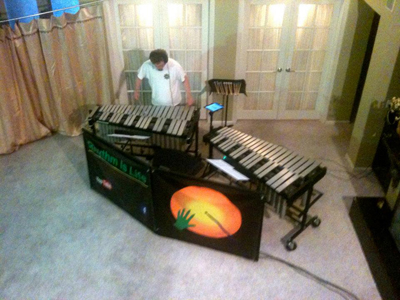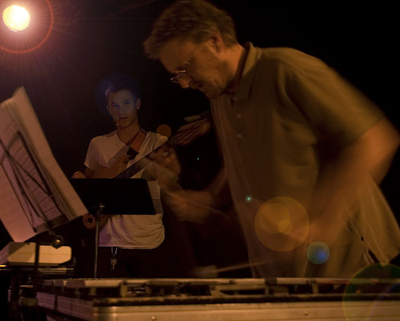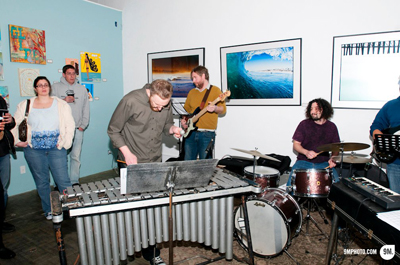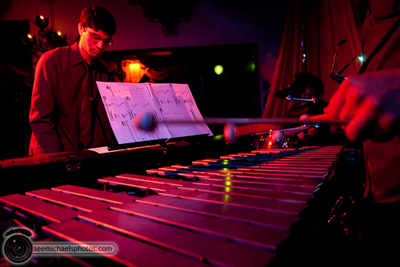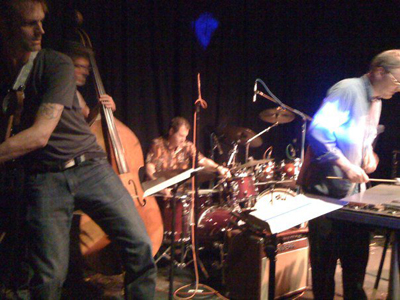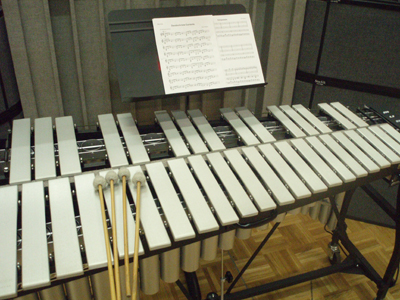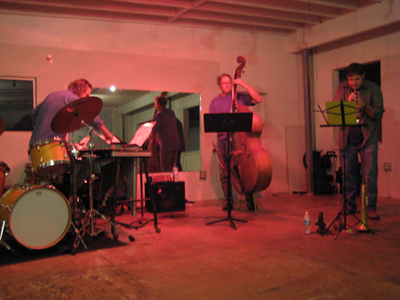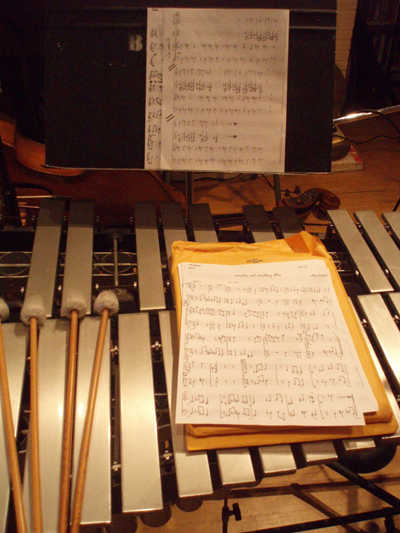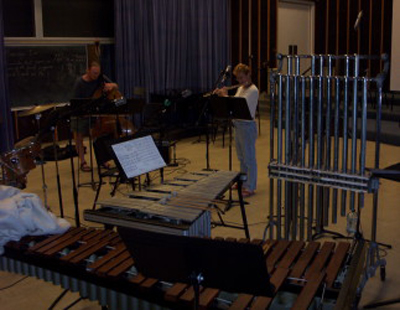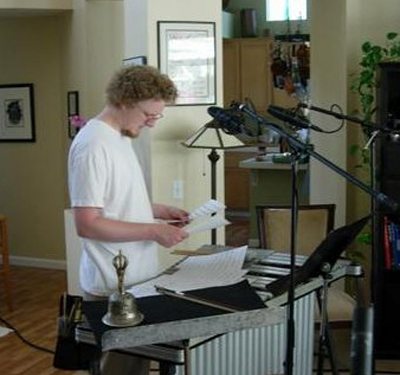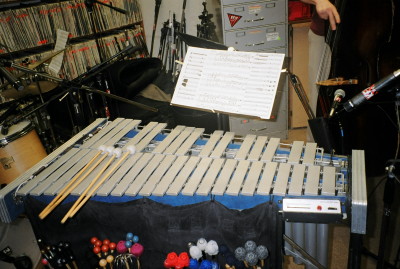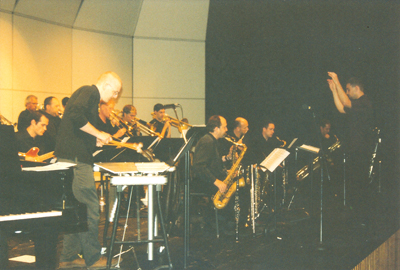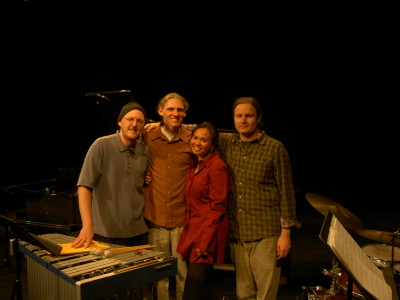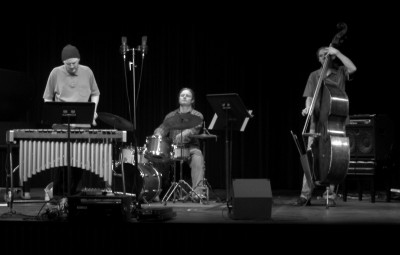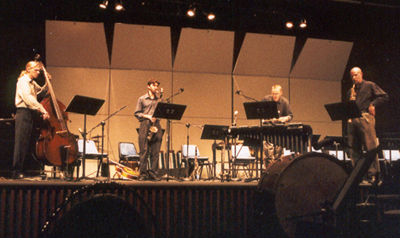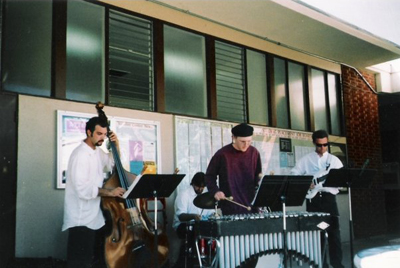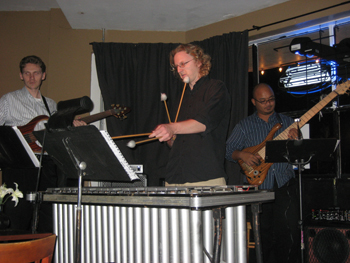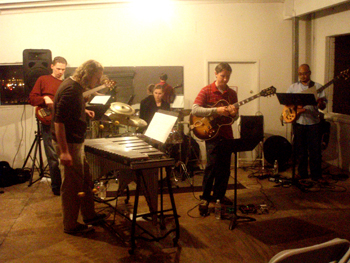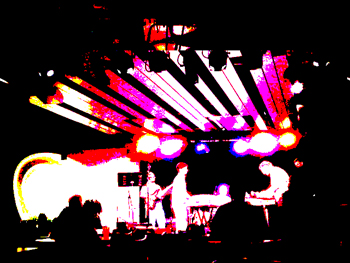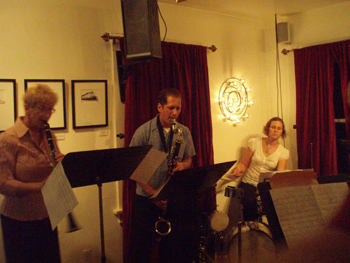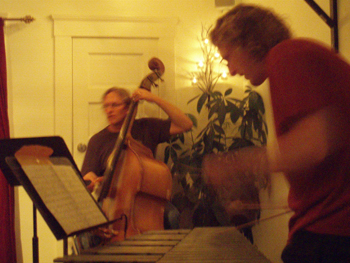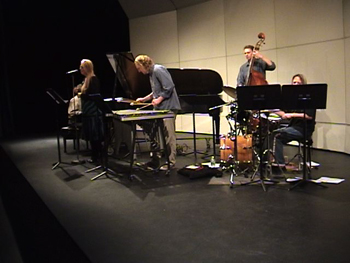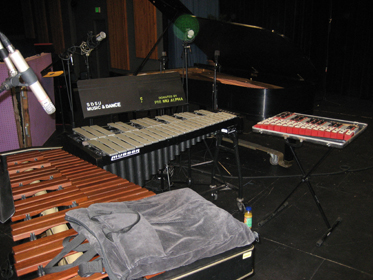Using the vibraphone as a starting point, i have utilized several instruments as an doubler. These also serve as an extension, both in terms of sound/timbre and range -
Glockenspiel - The top of the mallet instrument family, the glockenspiel sounds two octaves above where written, has ridiculus ring and a glass-like sheen to its sound. Used to double a vibes line is to double highlight that line. To be used in moderation. Works well as an extension of the upper range of the vibes.
Tone Bells - The cheap second-hand cousin of the song bells (which i can't afford). Tone bells sound one octave above where written. A nice compromise to the glockenspiel, with a mellower sound but not as much sustain. All three together (glock, tone bells and vibes) is wonderful.
Chimes - Intense sustain and a somewhat cliche timbre. In my mind doesn't match well timbre-wise with the vibes, but works well as a substitute.
Marimba - The woody lower brother of the vibraphone. I have always admired people who use the marimba as their main instrument (Thurman Barker for example) because i've never managed to make it work. In terms of doubling i find that the wood vs. metal and very different attack of the two instruments cause serious difficulties. As with the chimes, the marimba as a substitute or as a counter-voice is my preference.
Synthesizer - A recent obsession. I have always shied away from the in-organic nature of synths, but have recently found new vistas by using them as doublers or substitutes. My preference is for cheap analog synths (Casios, etc.) and smaller amplifiers.
|
